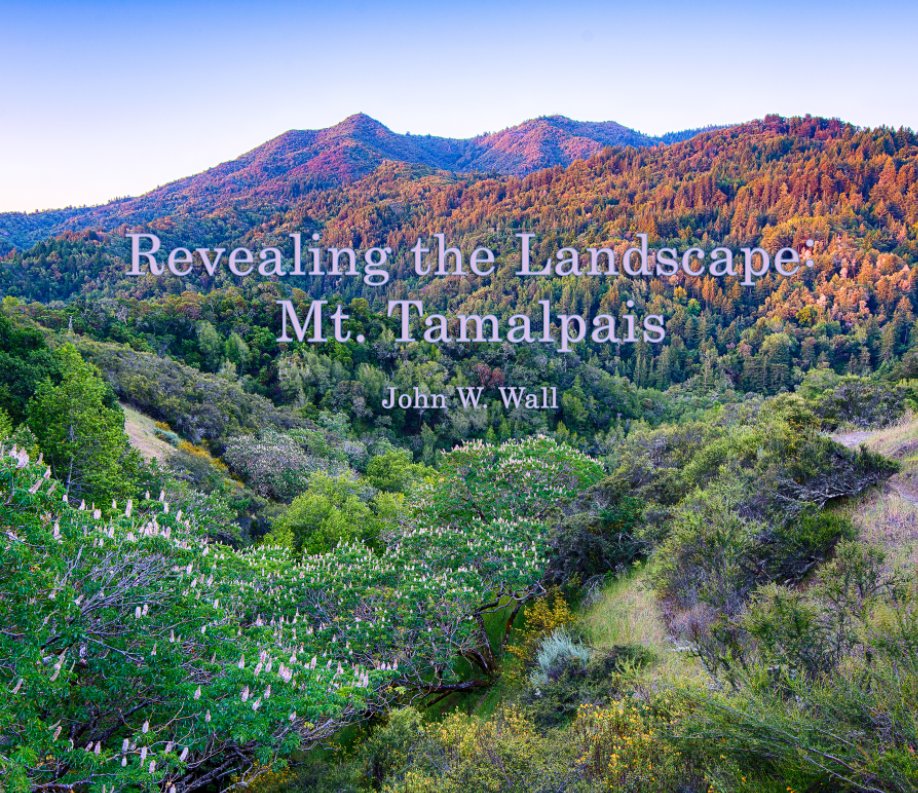* * *
I haven't done an early rock-n-roll session in a long time -- getting up early enough to be somewhere by sunrise, that is. I kind of got faked out by yesterday's clear weather. I could see stars out when I woke up on Friday morning. Not so much on Saturday. But I was kinda sorta up early anyway, so I went for it.
You never know what you're going to find when you go someplace new. And sometimes you don't find the new place right away because it's still dark out. I overshot my main destination and had to hang out somewhere else until it got light enough to see my way around.
Sunrise came a little before 7 a.m. today, and low tide hit just past the hour. I was excited to find sea palm exposed on an accessible reef. I've never been able to walk right up to sea palm before. I've seen it at Salt Point in the past, but it was gone the last time I looked for it. If you're thinking I get excited about sea palm because they remind me of Hawaii, you'd be only partly right. Okay, I'm kidding. They do not remind me of Hawaii. What they remind me of is sea palm strudel, which I've had at one place only, Ravens Restaurant in Mendocino.
Very nice reef for tidepooling, but I didn't try to do any photography of tidepool critters because it was still too dark. Also, the total lack of starfish has got me down. Tidepools should, at the very least, have a few starfish just to give your reef-roving eyes something fun and easy to catch once in a while. The poor bastards are still fighting the wasting disease, a viral infection that turns them into mush.
I'd love to see a timelapse of tafoni forming.
Interesting tidbits in the pebbly sand include a couple of baby sea urchins. I couldn't tell until I got home and viewed several frames in succession that the smaller urchin was moving.
Here are the tafoni pits full of little pit-forming denizens.
A closer view of the tiny beans that scrub out the hollows.
You pretty much notice the dead whale right off. Even if your eyes are closed. I was interested to find the backbone exposed like this since I'd never seen anything like it before on a beach. Turns out some biologists from the California Academy of Sciences came down and did some harvesting. They determined, among other things, that this was a juvenile female humpback whale that was likely killed from a head injury sustained when it collided with a ship. It washed up less than a couple of months ago, on July 24. The remains were still being pecked at by numerous gulls, and a pair of fresh coyote tracks crossed its path. Where the tracks met the carcass, the remains looked like a beached carpet. I suspect the coyotes did not dine or linger.
Although I saw no stars of the sea, I did see a comet made of limpets.
* * *

















